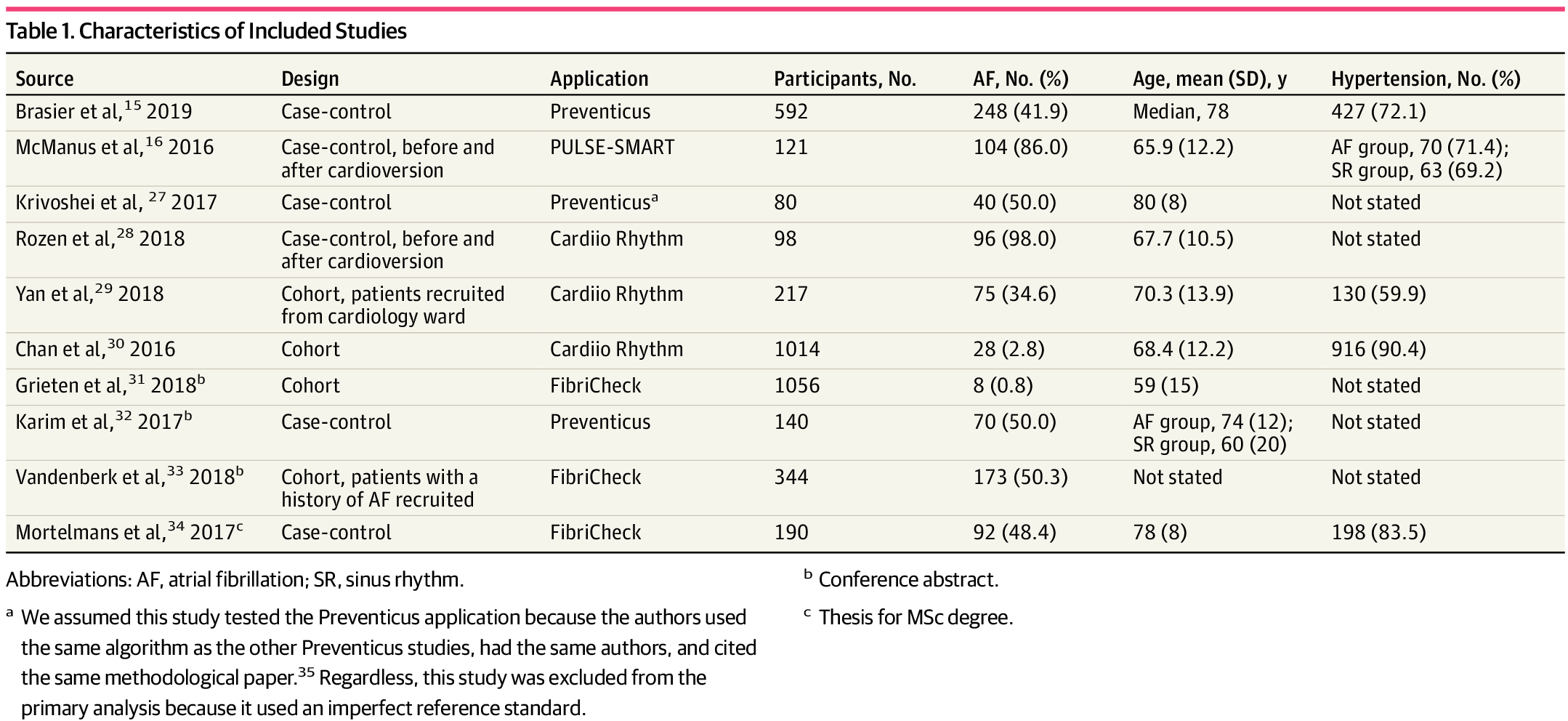Atrial fibrillation (AF) affects millions of people worldwide, with many cases going undiagnosed. Smartphone camera applications have emerged as a potential tool for detecting AF, given the widespread ownership of smartphones. However, the accuracy of these applications has remained unclear.
A recent systematic review and meta-analysis assessed the accuracy of smartphone camera applications for diagnosing and screening AF. The study analyzed 10 primary diagnostic accuracy studies with a total of 3,852 participants. All applications that used photoplethysmography signals to diagnose AF had high sensitivity and specificity. However, the positive predictive value (PPV) for screening an asymptomatic population aged 65 years and older with a history of hypertension was relatively modest, suggesting a higher number of false-positive results than true-positive results.

The study concluded that smartphone camera applications have high sensitivity and specificity for diagnosing AF and can be used to rule out AF in healthy, asymptomatic individuals. However, their use as screening tools in an asymptomatic population may generate false-positive results. Future research should focus on the accuracy of these applications in other high-risk population groups and their ability to monitor chronic AF.
FAQs
Q: Can smartphone camera applications accurately detect atrial fibrillation (AF)?
A: Yes, according to a recent systematic review and meta-analysis, smartphone camera applications have high sensitivity and specificity for diagnosing AF. They can effectively rule out AF in healthy, asymptomatic individuals. However, their positive predictive value for screening an asymptomatic population aged 65 years and older with a history of hypertension is relatively modest, indicating a higher number of false-positive results than true-positive results.
Q: What are the limitations of smartphone camera applications for detecting AF?
A: Although smartphone camera applications are accurate in diagnosing AF, their positive predictive value suggests a higher number of false-positive results in an asymptomatic population. This limitation highlights the need for further research to determine the accuracy of these applications in different high-risk population groups and their ability to monitor chronic AF.
Conclusion
Smartphone camera applications show promise in diagnosing AF with high sensitivity and specificity. However, their use as screening tools should be approached cautiously due to the potential for false-positive results. Future research should address the accuracy of these applications in various high-risk population groups and their impact on patient outcomes.
For more information, please visit Virtual Tech Vision.










